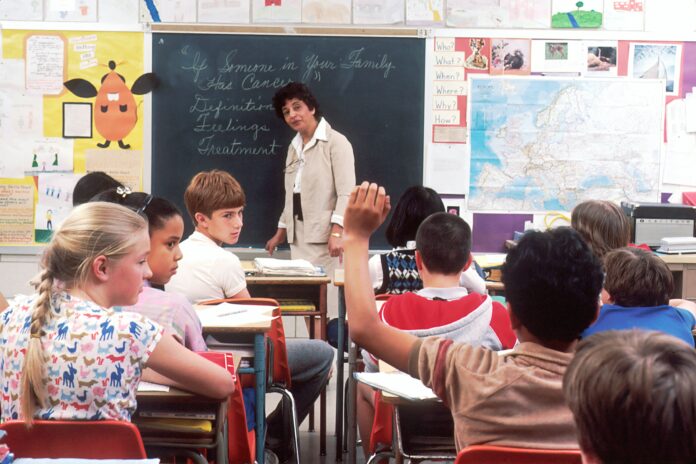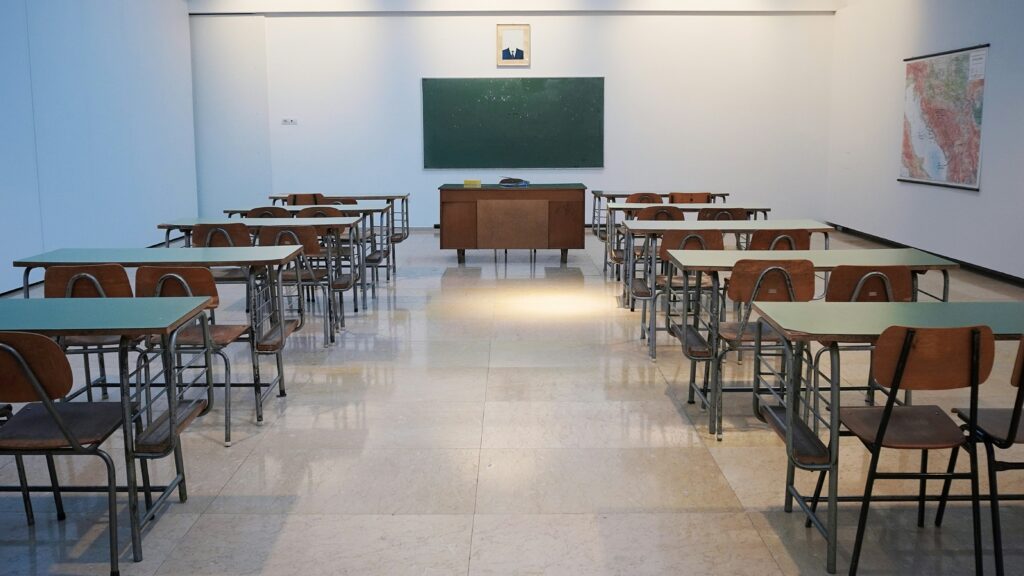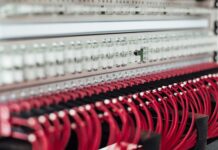Ever wonder if going to school was harder or easier for your grandparents? Education, the way we learn in school, has changed significantly over the years. Back then, classrooms were all about listening to the teacher and memorizing facts. Today, things look pretty different, and there’s a big question we’re all asking: Is education better now than it was before?
Back when our grandparents were in school, they didn’t have the internet to help them with homework or to “Write my discussion post” for a class forum. They had to rely on books, libraries, and what the teacher said in class. Now, we’ve got smartphones, laptops, and tablets. Information is everywhere, and learning can happen anytime, anywhere. But with all this tech, are we learning better, or are we just getting better at finding quick answers?
Education today is more than just memorizing facts. It’s about understanding the world, thinking critically, and solving problems. Teachers now use videos, online games, and even virtual reality to make lessons more interesting and to help us understand complex ideas. Plus, we learn a lot about working together with classmates, not just competing against them for the best grades.
Technology in the Classroom: Good or Bad?
One of the biggest changes in education has to do with technology. It’s everywhere, from smartboards in the classroom to using apps for homework. This tech makes learning more interactive and fun. For example, if you’re curious about space, you can take a virtual trip to Mars. Or, if you’re struggling with math, online programs can help you practice at your own pace until you get it right.
But there’s a downside, too. Sometimes, having all the answers just a click away means we might not think things through or try hard to solve problems independently. And let’s not forget not everyone has the same access to technology. Some students have the latest gadgets and a fast internet connection at home, while others don’t. This can make the education gap between students even bigger.
Bridging the Gap: Addressing the Digital Divide
However, with all these advancements, there are new challenges to face. The digital divide is a real issue, with not all students having equal access to technology and the internet.
This gap can make it harder for some students to keep up with their classmates, creating inequality in the classroom. Addressing this issue is critical to ensuring that the benefits of modern education are accessible to all, regardless of their background or financial situation.
More Than Just Academics
Today, schools are paying more attention to things like creativity, mental health, and how to get along with others. These are really important skills for life, not just for getting good grades. Plus, classes today are more likely to include stories and perspectives from worldwide, ensuring everyone’s voice is heard and valued.
However, some people argue that we might not focus enough on the basics like reading, writing, and math with all these new areas to cover. Finding the right balance is tricky, and schools are still working on it.
From Rote to Riches: The Evolution of Learning Methods
In the past, education was often about rote learning—the kind of learning where you memorize facts and figures without really understanding them. Students were expected to sit quietly, listen to the teacher, and absorb information without asking too many questions.
This method might have helped some students remember things for a while, but it didn’t always encourage them to think deeply or critically about their learning.
The Classroom Revolution: Interactive and Engaged Learning
Fast forward to today, and the classroom is a very different place. Interactive learning is the new norm, where students are encouraged to participate, ask questions, and engage with the material more deeply.
This shift is based on the understanding that learning happens best when students are actively involved in the process, not just passively listening. It’s a big change from the past and one that many educators believe helps prepare students better for the challenges of the modern world.
Tailored Teaching: The Rise of Personalized Learning
Another significant change in education is the emphasis on personalized learning. Thanks to technology, teachers can now tailor lessons to fit the needs of each student. If you’re great at math but struggle with reading, your teacher can provide resources and assignments designed to help you improve exactly where you need them.
This approach recognizes that everyone learns differently, which is a big departure from the one-size-fits-all education of the past.
Preparing for Life: The Shift Towards Holistic Education
Moreover, the shift towards a more holistic education—where emotional intelligence and soft skills are valued alongside academic achievements—reflects a broader understanding of what it takes to succeed in life.
Schools are now focusing on developing well-rounded individuals who are not only smart but also empathetic, creative, and resilient. This approach prepares students not just for exams but for life, teaching them valuable skills they’ll use long after leaving the classroom.
Final Thoughts
So, is education better today than in the past? Well, it’s not a simple yes or no answer. We’ve got tools and opportunities that past generations could only dream of. Learning can be more fun, more interactive, and more about the real world than ever before.
But, challenges like making sure everyone has equal access to technology and keeping the focus on important academic skills are real. What’s clear is that education will keep changing, just like it always has. And that’s a good thing because as the world changes, the way we learn should, too.
The goal is to make sure that no matter how we’re learning, we’re getting ready for a bright future. Whether you’re a fan of textbooks or tech, the most important thing is to stay curious and keep asking questions because that’s what learning is all about.























